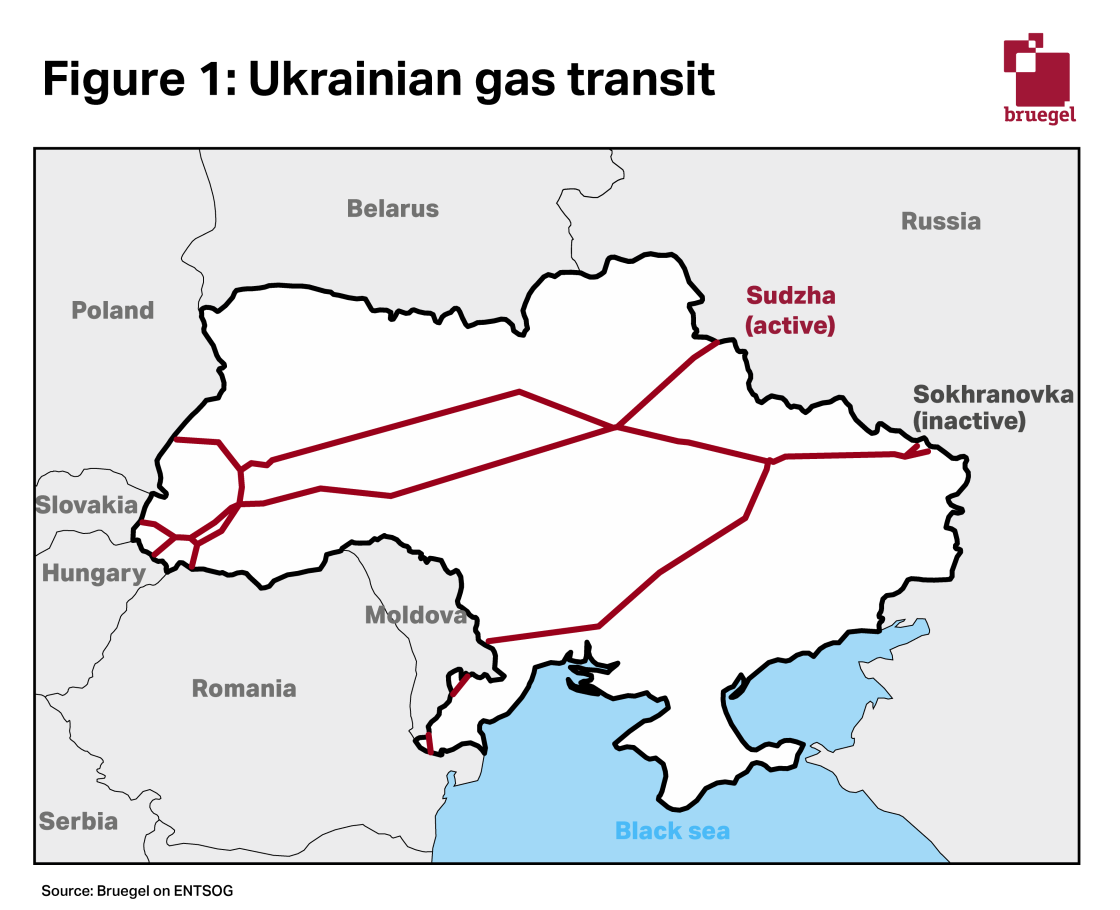Ukraine Strengthens Energy Security as First Azerbaijani Gas Flows via Trans-Balkan Corridor

Ukraine Opens New Energy Chapter with First Azerbaijani Gas Imports via the Trans-Balkan Corridor
Unprecedented Gas Transit Ushers in Strategic Milestone
For the first time in its history, Ukraine has begun receiving natural gas from Azerbaijan through a newly established corridor connecting Bulgaria, Romania, and Ukraine. This initiative materialized following a landmark contract between Ukraine’s state energy operator and the local branch of Azerbaijan’s leading oil and gas company. The agreement marks a strategic milestone, solidifying a new transit route that offers not only supply diversity but increased resilience in a time of heightened energy demand and infrastructure pressure.
The initial volumes may be modest, yet their significance transcends quantity. Industry executives highlight this achievement as a breakthrough—one that validates the feasibility of the Trans-Balkan pipeline for the Ukrainian market. The corridor, weaving through multiple Southeast European states, represents a crucial alternative for securing essential resources. Geopolitical realities and continued targeting of critical infrastructure have pushed Ukrainian production to its lowest in over a decade. Under such constraints, procuring external supplies via new channels moves from being merely beneficial to absolutely necessary.
This inaugural delivery did not arise without context or urgency. Devastating attacks on the national grid and production sites have resulted in the loss of half of the country’s extraction capabilities. With winter rapidly approaching and reserved stocks insufficient to guarantee heating needs, national energy policy is unmistakably shifting toward import-driven solutions, with the Trans-Balkan corridor now officially in play.
Context, Core Players, and Pipeline Dynamics
This supply contract initiates a relationship between Ukraine’s leading public energy conglomerate and the local arm of Azerbaijan’s globally recognized oil and gas entity. The arrangement aligns with a long-standing ambition to limit reliance on singular supply directions and avoid vulnerabilities associated with legacy infrastructure. The new route traverses Bulgaria and Romania before reaching Ukraine, leveraging regional interconnectivity frameworks that became operational with recent cross-border agreements.
The Trans-Balkan path itself was once dedicated mainly to Russian flows. Today, it is repurposed to support diversified sourcing, demonstrating how shifting regional alliances and infrastructure usage can recast energy maps. This corridor’s operational flexibility is further enhanced by the option to access seaborne liquefied natural gas via terminals in Greece and Turkey. As a result, the systems behind this movement are no longer restricted to land-based supplies, but instead tap into a broader spectrum of global producers.
From a technical perspective, reverse flow and bidirectional capability improvements—advanced across Southeast European grids—have made this shift practical. Modernization efforts and joint investment in midstream infrastructure have laid the foundation for a supply chain that is more adaptable and able to respond to regional crises or extraction shortfalls. This adaptability connects directly to Ukraine’s storage hubs, which have become a buffer both for domestic needs and the wider European market.
Strategic Vision and Sector Implications for Energy Security
Leadership within the Ukrainian energy sector has emphasized that expanding procurement options, even at a pilot scale, is vital for building resilience. Sector liaisons describe this new import stream not only as a logistical solution for current shortages, but as part of a broader, long-term policy to deepen ties with alternative producers and transit states. Contractual terms for this initial shipment lay the groundwork for upscaling in both volume and contractual sophistication, offering potential risk mitigation against unforeseen interruptions elsewhere on the European grid.
Energy analysts observe that access to Azerbaijani gas through the Trans-Balkan route could eventually tie Ukraine closer into Southern European infrastructure, positioning its storage assets as a trading hub and providing additional leverage when negotiating future supplies. Groundwork laid by bridging agreements is already yielding additional deals, including arrangements for liquefied natural gas deliveries through neighboring EU member states.
Industry commentators further note that secure, diversified flows not only increase the reliability of national consumption, but uphold economic confidence, stabilize domestic markets, and potentially attract future infrastructure investment. While the immediate volumes are small, the momentum generated can prompt subsequent contracts, offsetting longer-term disruptions from domestic field outages or damage.
Terminology, Technical Frameworks, and What Lies Ahead
The corridor underpinning this development is defined as a multi-country pipeline segment linking Southeast Europe with Eastern markets. Its technical adaptation for bidirectional flow now enables both import and export, in contrast to its historic use for singular directions. The entities involved bring complementary assets—one supplying hydrocarbons, the other integrating advanced transmission and storage capacity.
This event is more than a contractual debut. It is the operationalization of years of infrastructure negotiation, technical upgrades, and alignment of regulatory standards among Balkan and Eastern European states. Industry figures point out that further digitalization, inter-system cooperation, and shared risk management are already being discussed among energy ministries and system operators.
As contracts are fulfilled and storage facilities replenish, the eyes of the sector will remain fixed on how smoothly the new corridor copes with extended volumes and sustained demand, especially into the winter months. This opening may act as a catalyst, inviting new commercial players, further investment in midstream segments, and even the revision of policy frameworks to accommodate a rapidly transforming European gas market.
